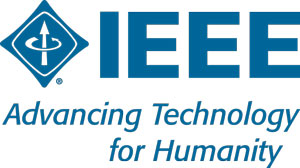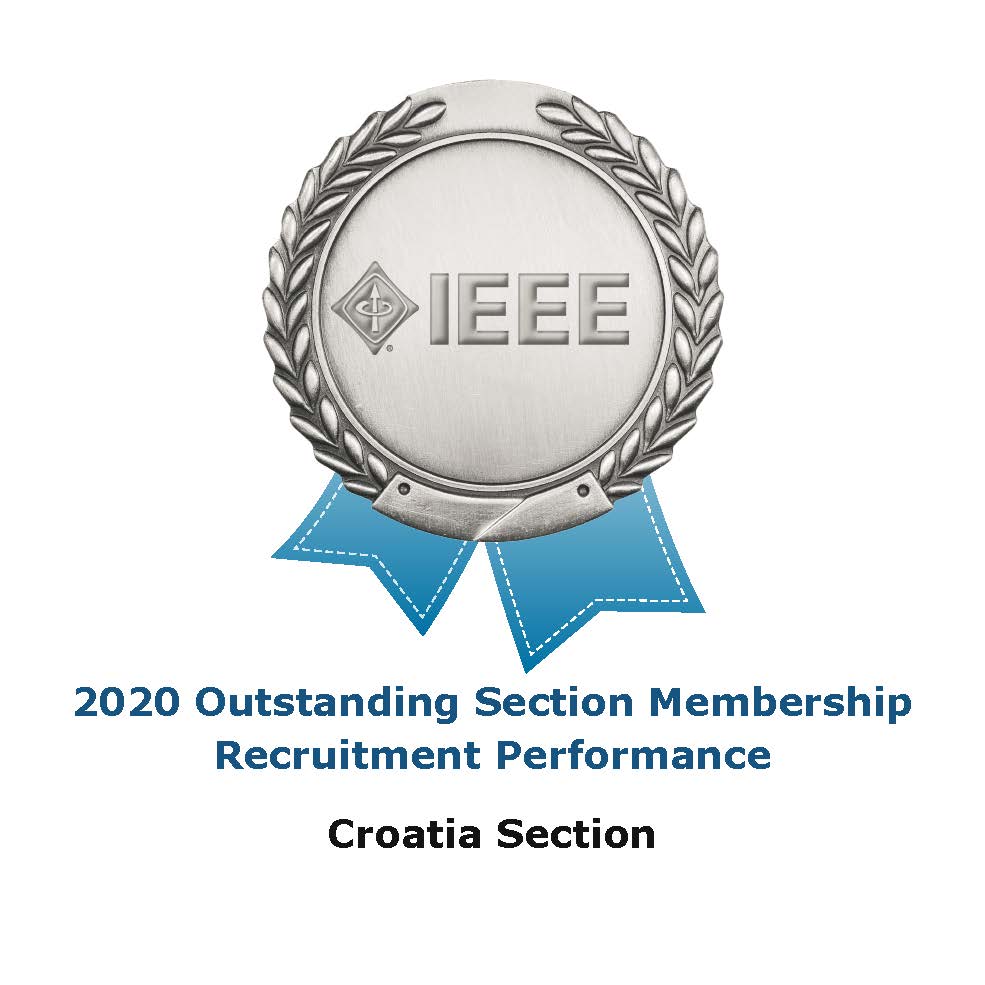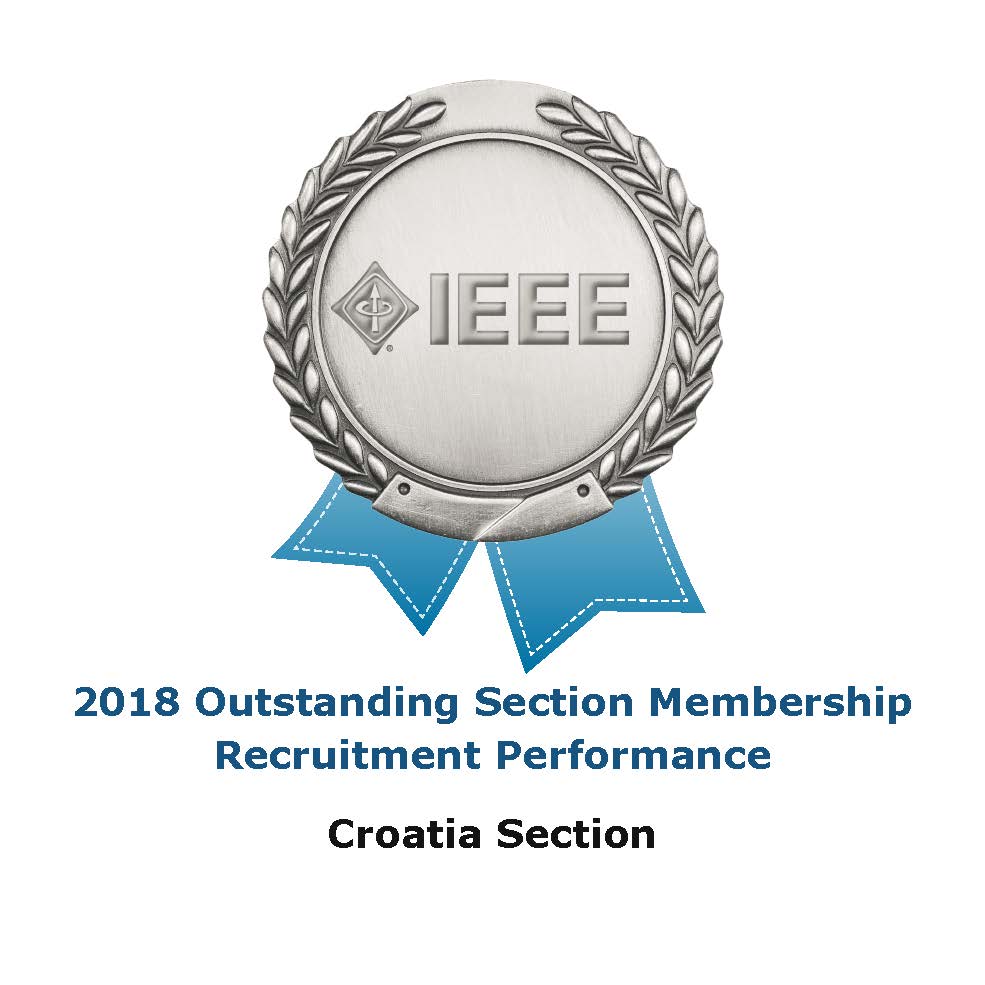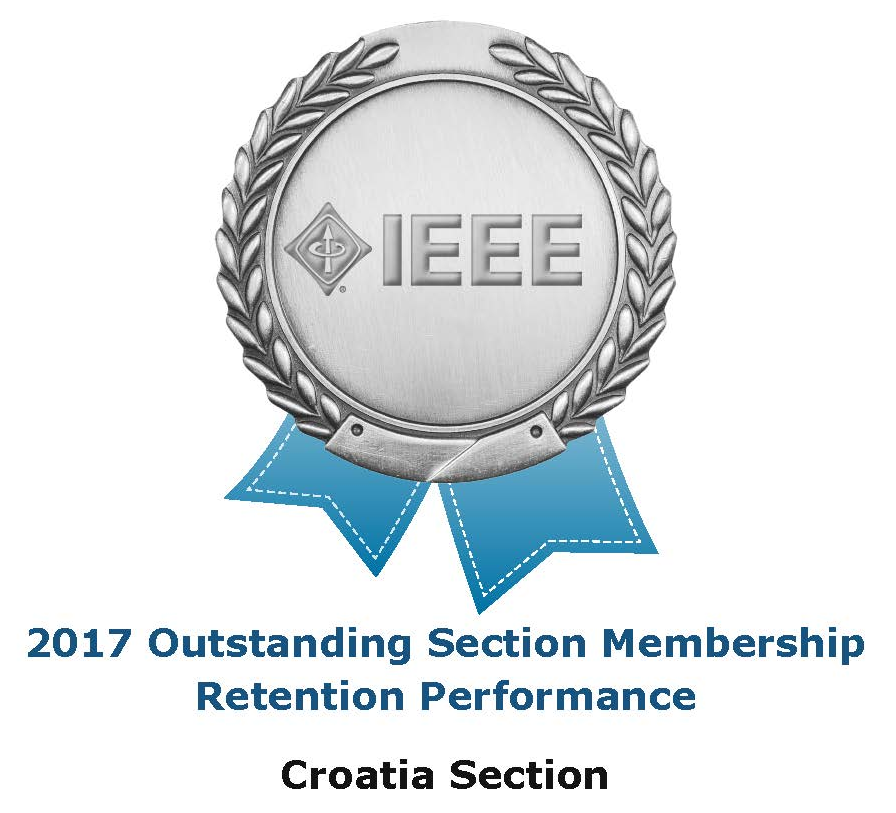Zajednički odjel za elektroničke elemente / poluvodičke integrirane sklopove (ED15/SSC37) Hrvatske sekcije IEEE poziva Vas na predavanje:
Development of low noise diamond detectors
koje će održati Milan Vićentijević s Instituta Ruđer Bošković. Predavanje će se održati u utorak 13. prosinca 2022. s početkom u 10:30 sati u dvorani D305. Predavanje će biti dostupno i putem MS Teams platforme. Poveznica za pristup predavanju nalazi se ovdje.
Predviđeno trajanje predavanje s raspravom je 60 minuta. Predavanje je otvoreno za sve zainteresirane, a posebno pozivamo studente. Više o predavaču i predavanju možete pročitati u opširnijem sadržaju obavijesti.
Abstract:
Diamond is one of the most promising materials for future quantum devices. Quantum centers in diamond, such as nitrogen vacancy, can serve as information carriers in quantum computers – qubits, but can also be used in quantum optics and quantum sensing. Development of such devices would require arrays of quantum centers to be created close to the diamond surface, with high enough yield. Deterministic single ion implantation as a technique for fabricating quantum devices relies on high precision in placing individual ions in the semiconductor material, together with the verification of the implantation of each ion by detecting the charge it induces in the semiconductor.
To determine whether it is possible to implant low-penetrating single ions in diamond with high efficiency we developed a diamond detector using commercially available diamond and front-end electronics. Ion microprobe and IBIC (ion beam induced charge) technique were used to map the spatial distribution of CCE (charge collection efficiency) of the detector, a crucial parameter for single ion detection. To determine the energy resolution of the detector, as well as to map the CCE distribution close to the surface, a series of irradiations was performed with ions ranging in energy from 100 keV to 1 MeV and penetration depth from 100 nm to 12.6 um. In order to achieve high energy resolution, necessary for detection of low-penetrating ions, XGLab CUBE charge preamplifier was used. The measurements were done both at room temperature and at low temperatures (down to -40°C). The successful detection of 140 keV copper ions that penetrate on average around 100 nm was demonstrated, and the best achieved energy resolution was 1.2 keV. The optimal position of implantation sites was also determined from the spatial distribution of CCE.
Short biography::
Milan Vićentijević received a title of Master of Science in Electrical engineering and information technology at the School of Electrical Engineering and Computing at the University of Belgrade in 2016, with the final thesis entitled “Modification of 2D Material Exfoliation Methods and Fabrication of Van Der Waals Heterostructures". Since 2017. he is working at the Laboratory for Ion Beam Interactions at Ruđer Bošković Institute as a professional associate, on designing control systems for particle accelerators. He started his PhD in 2018. at the Faculty of Electrical Engineering and Computing, under the supervision of prof. Tomislav Suligoj, with his PhD research focused on low noise diamond detectors.







